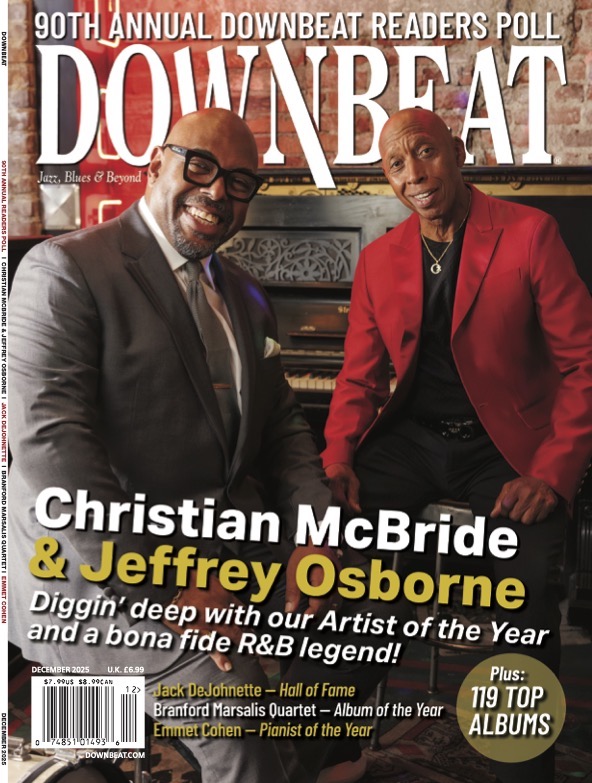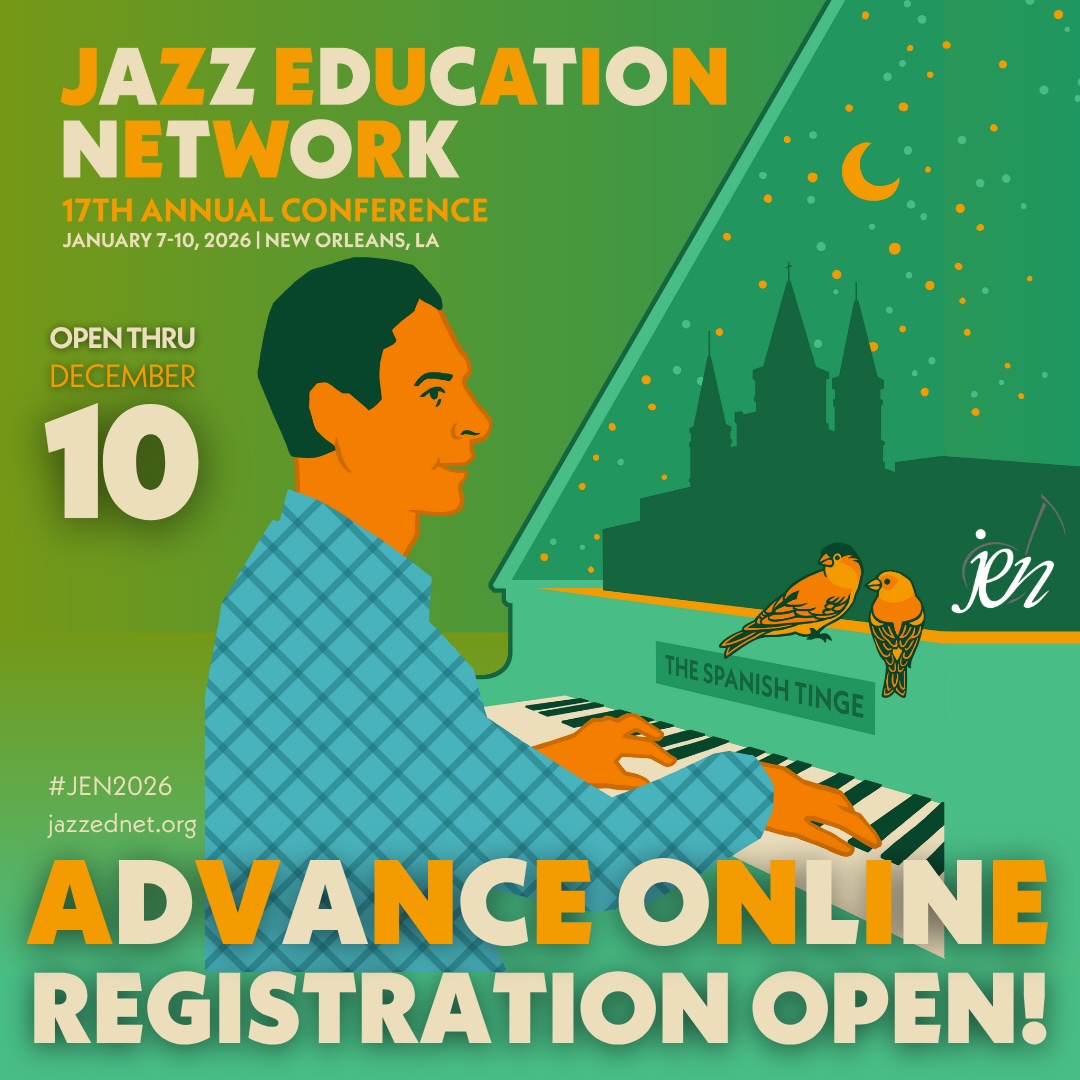Oct 28, 2025 10:47 AM
In Memoriam: Jack DeJohnette, 1942–2025
Jack DeJohnette, a bold and resourceful drummer and NEA Jazz Master who forged a unique vocabulary on the kit over his…
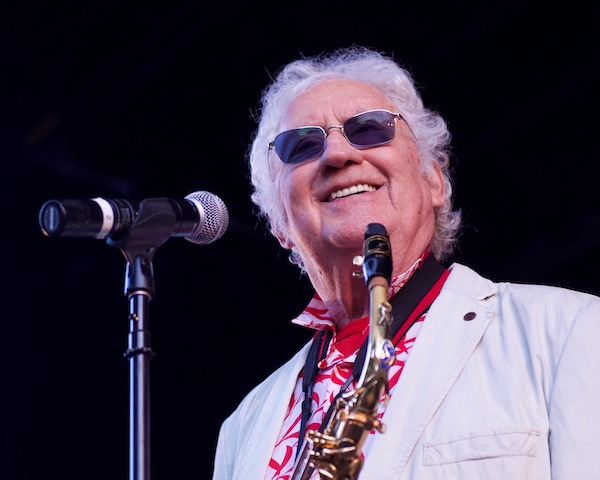
Lee Konitz (1927–2020) was inducted into the DownBeat Hall of Fame in 2015.
(Photo: Robert I. Sutherland-Cohen)A week after his 90th birthday in October 2017, Lee Konitz—who died at 92 on April 15—recorded his final album, Old Songs New (Sunnyside), which features his lucid, transparent, full-bodied improvisations on eight bespoke nonet arrangements by Ohad Talmor.
The artistry displayed on that 2019 release is one reason for Konitz’s posthumous win in the Alto Saxophone category of the Readers Poll, but the honorific also acknowledges his cumulative achievement.An avatar in the art of improvising without a preconceived harmonic, melodic or rhythmic framework, Konitz was the only altoist of his generation to develop a voice—cerebral yet warm, melody-centric, rhythmically muscular, tonally luscious—that addressed the innovations of Charlie Parker without essentially Xeroxing Bird’s style.
“Lee was inspiring on the scale of Wayne Shorter or Miles Davis,” said pianist Dan Tepfer, who performed with Konitz more than 140 times in various contexts between 2006 and 2019, including the duo sessions that constitute the 2018 album Decade (Verve). “He always pursued truth in the right-now, versus whatever may have felt true in the past. It was always new, to the very end.”
Born in Chicago to Jewish immigrant parents, Konitz fell in love with the music of Lester Young during formative years in the city’s Rogers Park neighborhood.
He began his professional career in 1944, playing lead alto in several white dance bands and a Black orchestra that assigned him double duty as a blues singer on South Side gigs. Around this time, Konitz took his first lessons with pianist Lennie Tristano, with whom he sustained an intense relationship until the mid-1960s.
Konitz moved to New York in the fall of 1947, and soon after uncorked startlingly fresh solos on Gil Evans’ arrangements of “Anthropology” and “Yardbird Suite” for the Claude Thornhill Orchestra. Via Evans, he joined Miles Davis’ influential “Birth of the Cool” nonet from 1948 to 1950; in 1949, he recorded free-jazz sides with a Tristano-led sextet alongside tenor saxophonist Warne Marsh. After his first leader album in 1951, which included Davis and Max Roach, he toured internationally, and then joined Stan Kenton in September 1952. Four months into his 16-month stint with Kenton, he recorded 11 tracks alongside Chet Baker in Gerry Mulligan’s pianoless quintet.
After leaving Kenton, Konitz eschewed the structured environment of working bands for the life of a troubadour-for-hire. Until about 1967, with some exceptions, he fronted blowing combos propelled by swinging bass and drums. During the ensuing decades he expanded his scope, improvising with a staggering array of partners.
“Even before I met Tristano and learned more about this music, I thought I’d be a professional journeyman musician doing whatever gigs were offered to me,” Konitz told DownBeat in 2002. “For some strange reason, I like to go in and play with different guys.”
One of his favorite collaborators was Tepfer, 37, who divides their association into two distinct periods, before and after 2011, when Konitz suffered a subdural hematoma.
“At first, Lee encouraged me to push harmonic language and do rhythmically intricate things—to be extremely interactive with him, like people engaged in a fiery discussion,” Tepfer said. “Then he became interested above all else in harmony; the music got much calmer, introverted to a certain degree. Increasingly, he disliked the idea of a solo. It went from creating drama and excitement to creating connection; for me, from being a partner in debate to an orchestrator creating a landscape inside which he moved around.”
Old Songs New was Konitz’s seventh album with Talmor. They met in 1990, when Talmor was 20. “Lee was an unavoidable presence,” Talmor said. “The vocabulary and language of jazz was altered because of his playing and sound and approach, and also his compositions, which were an extension of his voice as an improviser.
“As Lee moved towards the end of his days, he cleaned and purified his sound from any extraneous information, to be the absolute essence of the music he wanted to express. He began to sing during performances, and on his best days, his singing would echo—to a T—what his playing was. To have such a perfect equation between what you hear, and are able to sing and what you play … I don’t know many people in the history of this music who did that.”
Talmor’s observation comes to life in a YouTube clip from early 2020 of a seated Konitz in his music room, playing deliberate, lyric variations on “317 E. 32nd Street,” Tristano’s “Out Of Nowhere” contrafact, with Talmor’s piano accompaniment. Konitz finishes a thought, removes his mouthpiece, and sings another chorus. He concludes, rises and chuckles. “Yup,” he says. “It sounds genuine.” DB
This story originally was published in the December 2020 issue of DownBeat. Subscribe here.
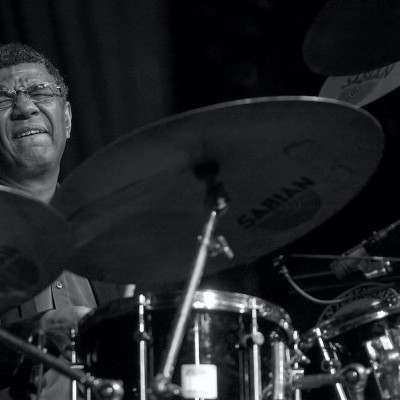
Jack DeJohnette boasted a musical resume that was as long as it was fearsome.
Oct 28, 2025 10:47 AM
Jack DeJohnette, a bold and resourceful drummer and NEA Jazz Master who forged a unique vocabulary on the kit over his…

D’Angelo achieved commercial and critical success experimenting with a fusion of jazz, funk, soul, R&B and hip-hop.
Oct 14, 2025 1:47 PM
D’Angelo, a Grammy-winning R&B and neo-soul singer, guitarist and pianist who exerted a profound influence on 21st…
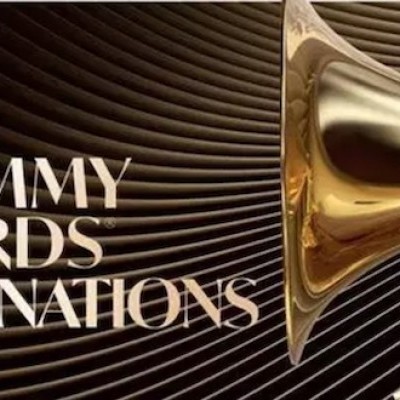
To see the complete list of nominations for the 2026 Grammy Awards, go to grammy.com.
Nov 11, 2025 12:35 PM
The nominations for the 2026 Grammy Awards are in, with plenty to smile about for the worlds of jazz, blues and beyond.…
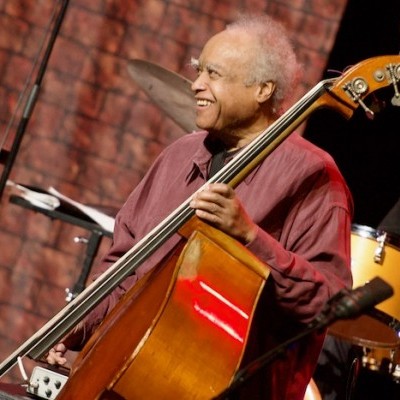
Drummond was cherished by generations of mainstream jazz listeners and bandleaders for his authoritative tonal presence, a defining quality of his style most apparent when he played his instrument unamplified.
Nov 4, 2025 11:39 AM
Ray Drummond, a first-call bassist who appeared on hundreds of albums as a sideman for some of the top names in jazz…
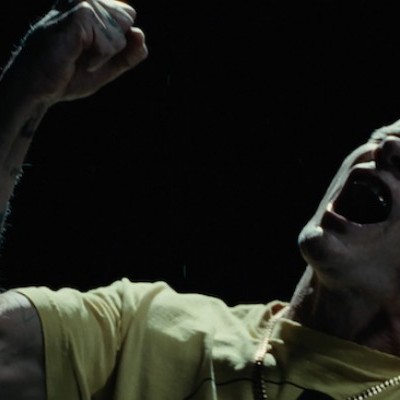
Flea has returned to his first instrument — the trumpet — and assembled a dream band of jazz musicians to record a new album.
Dec 2, 2025 2:01 AM
After a nearly five-decade career as one of his generation’s defining rock bassists, Flea has returned to his first…

